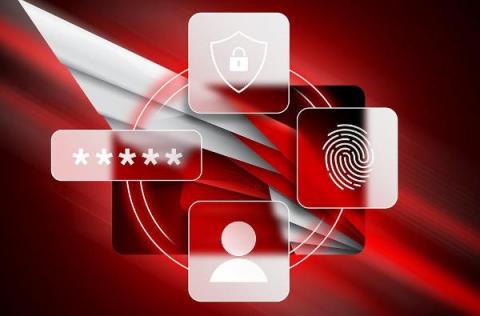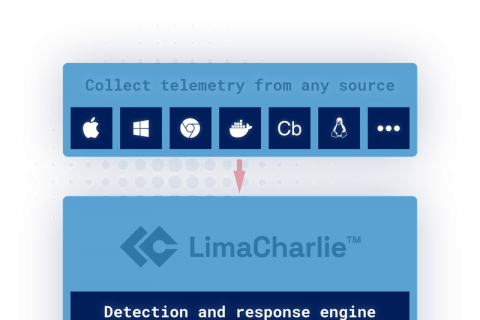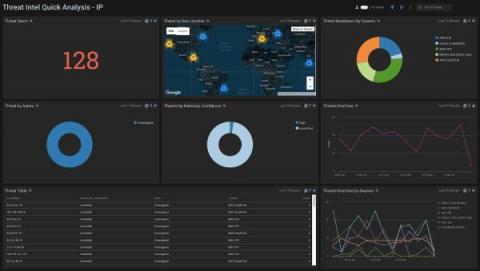Reinventing Managed Detection and Response (MDR) with Identity Threat Protection
The modern threat landscape continues to evolve with an increase in attacks leveraging compromised credentials. An attacker with compromised credentials too frequently has free reign to move about an organization and carefully plan their attack before they strike. This week Falcon Complete™, CrowdStrike’s leading managed detection and response (MDR) service, announced a new managed service capability that once again sets the standard for MDR.








